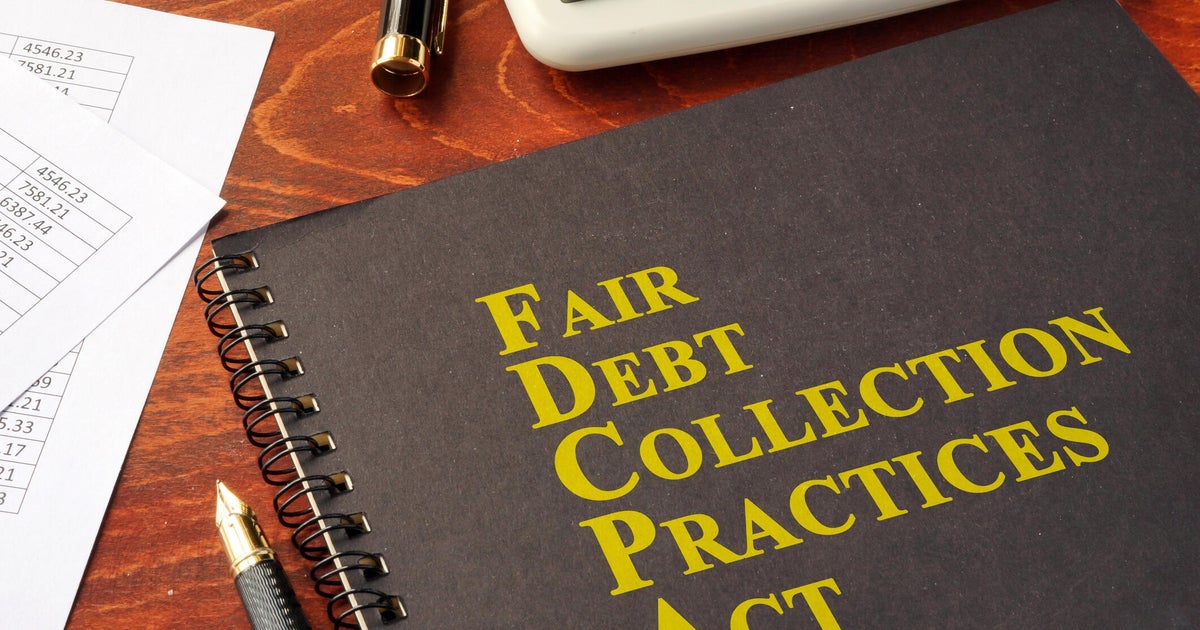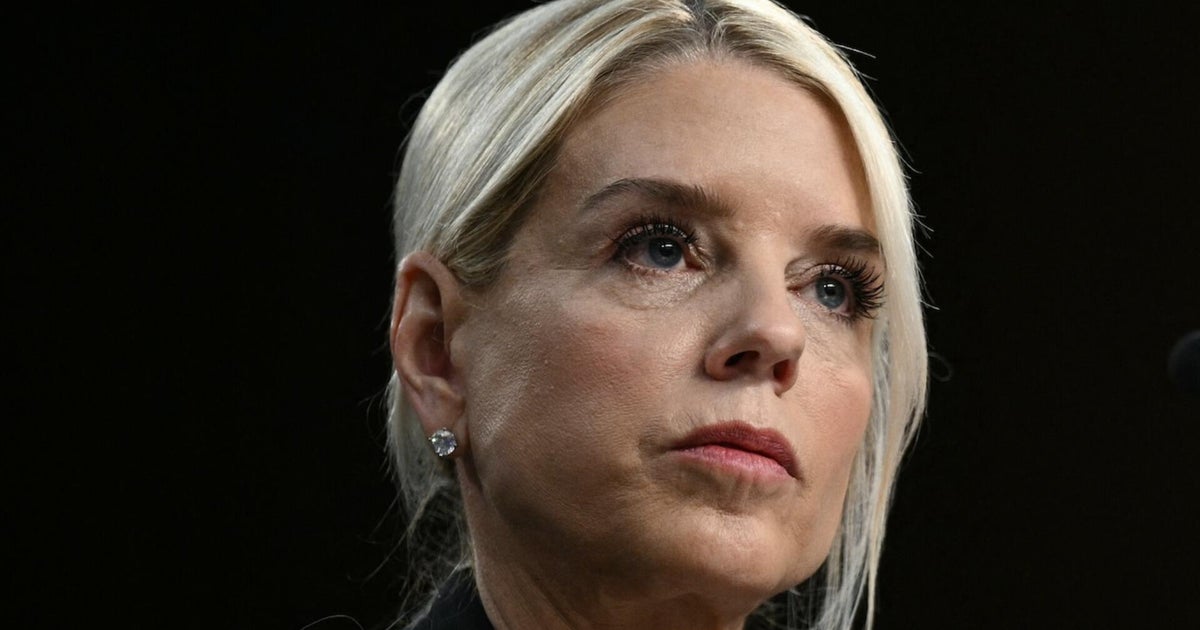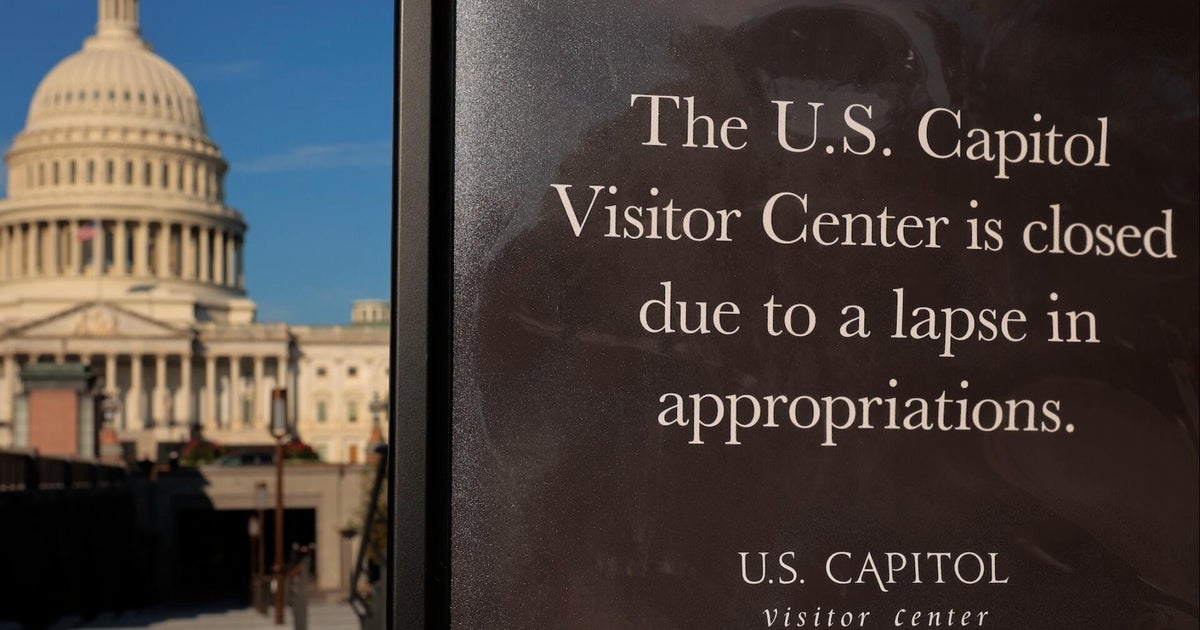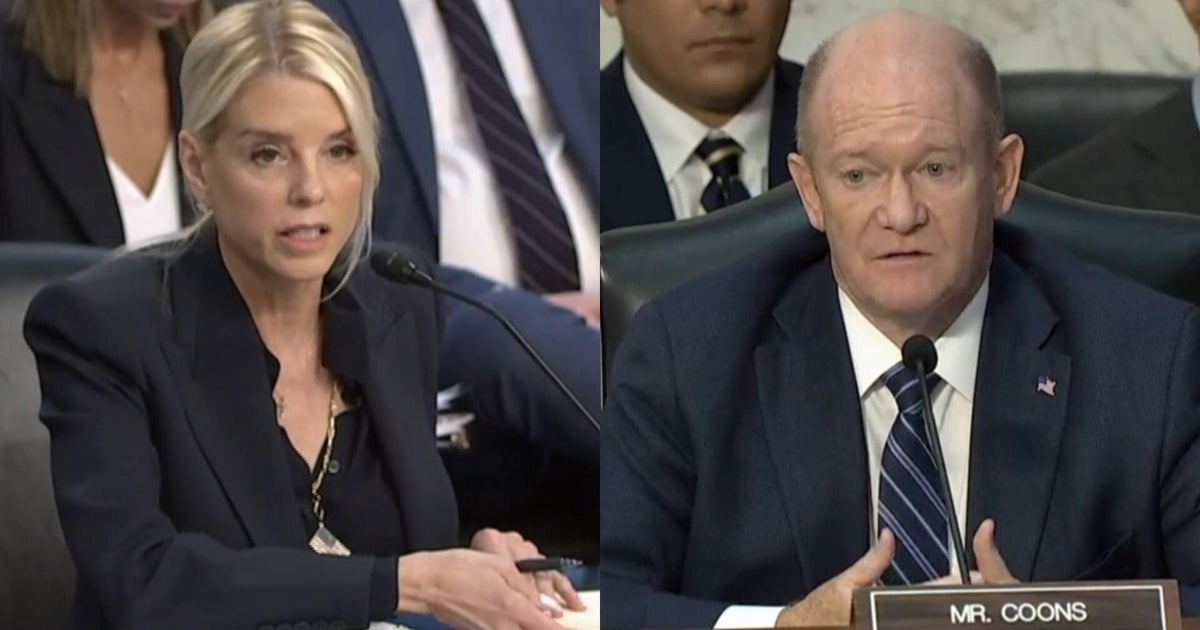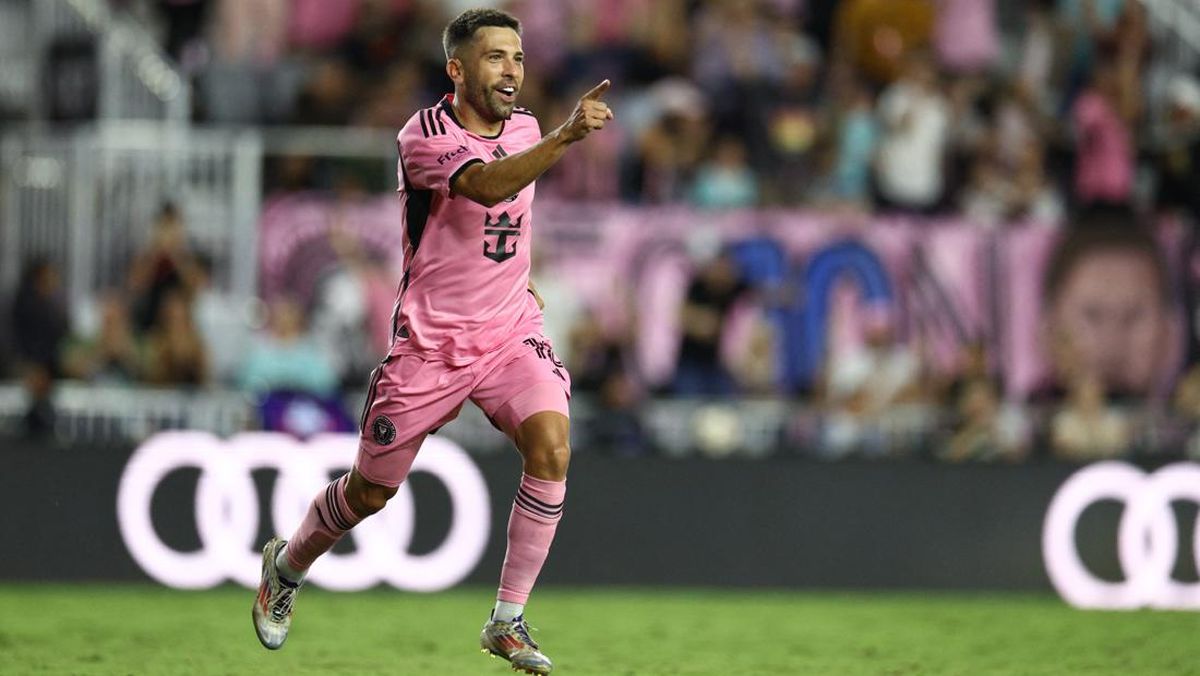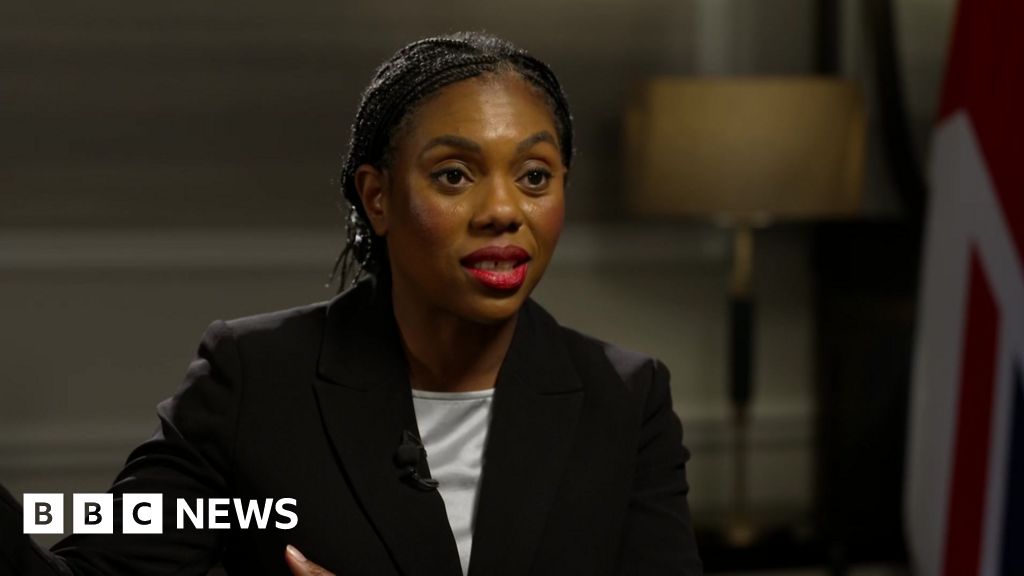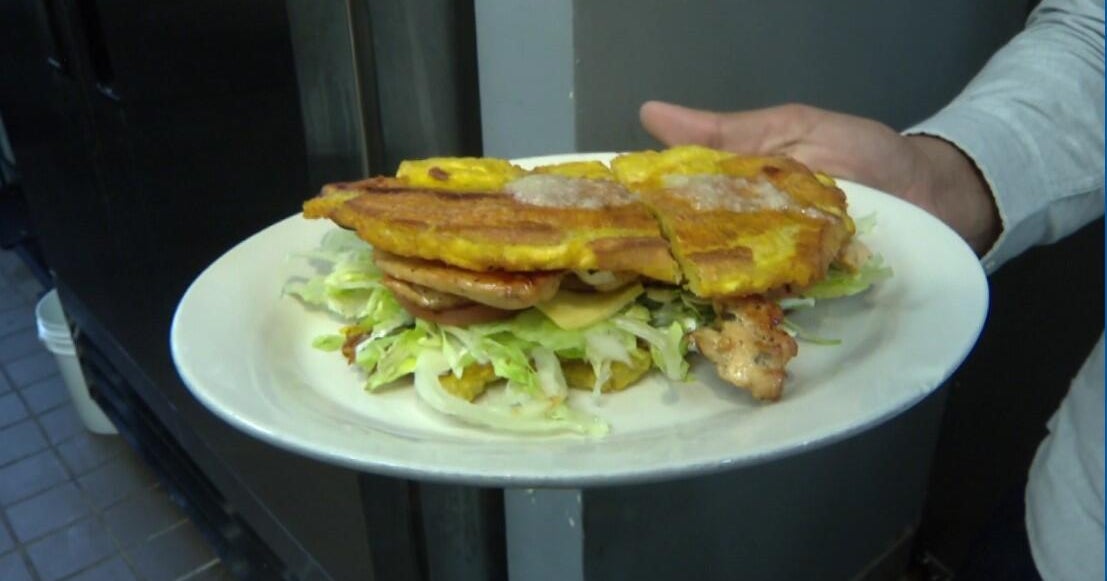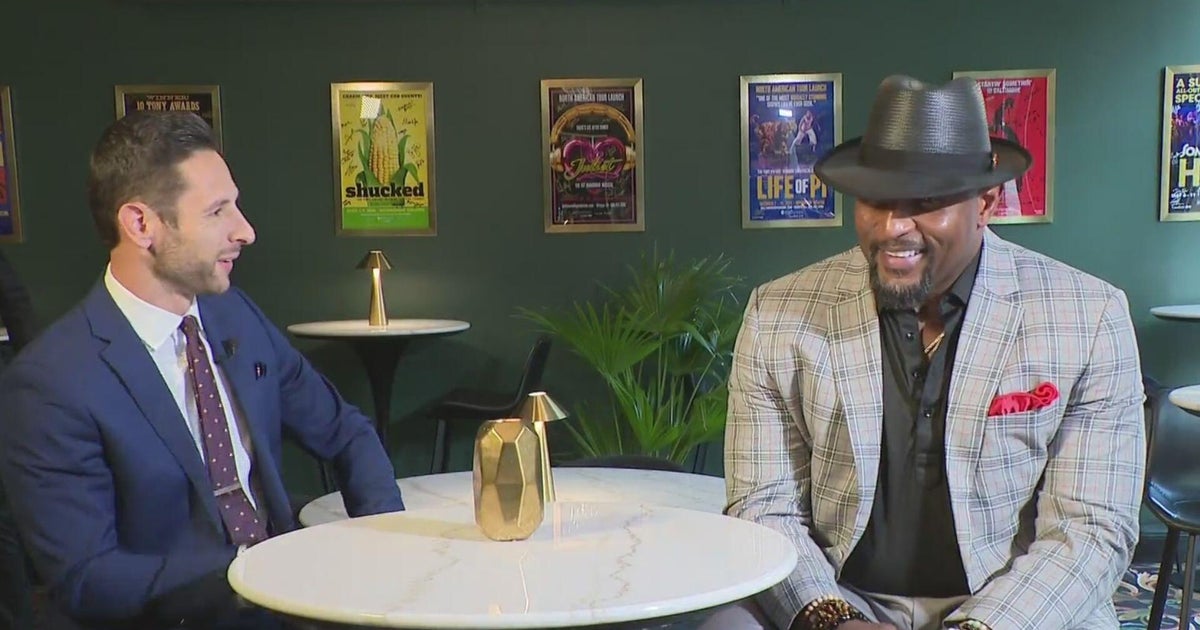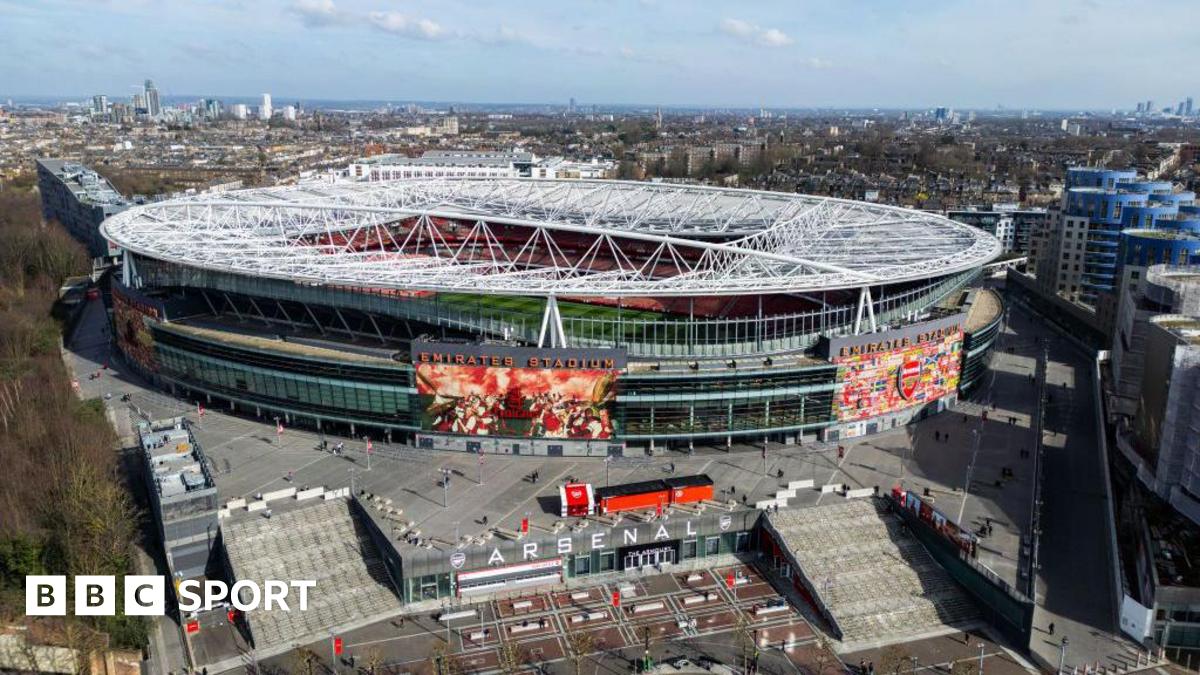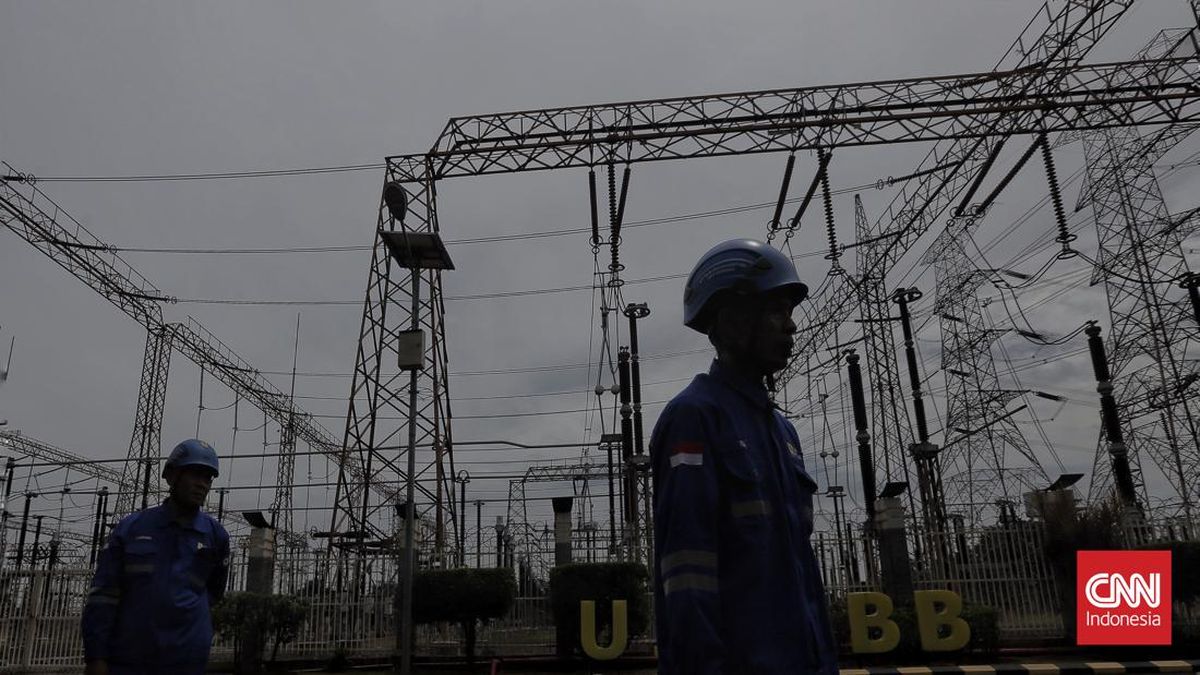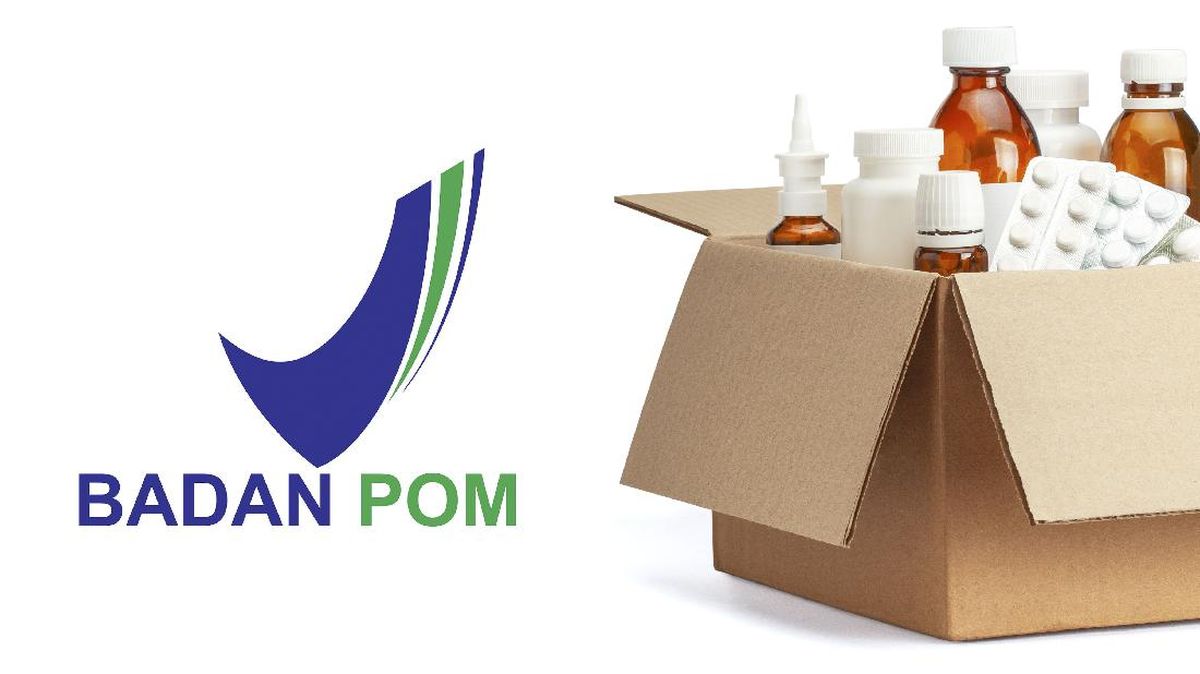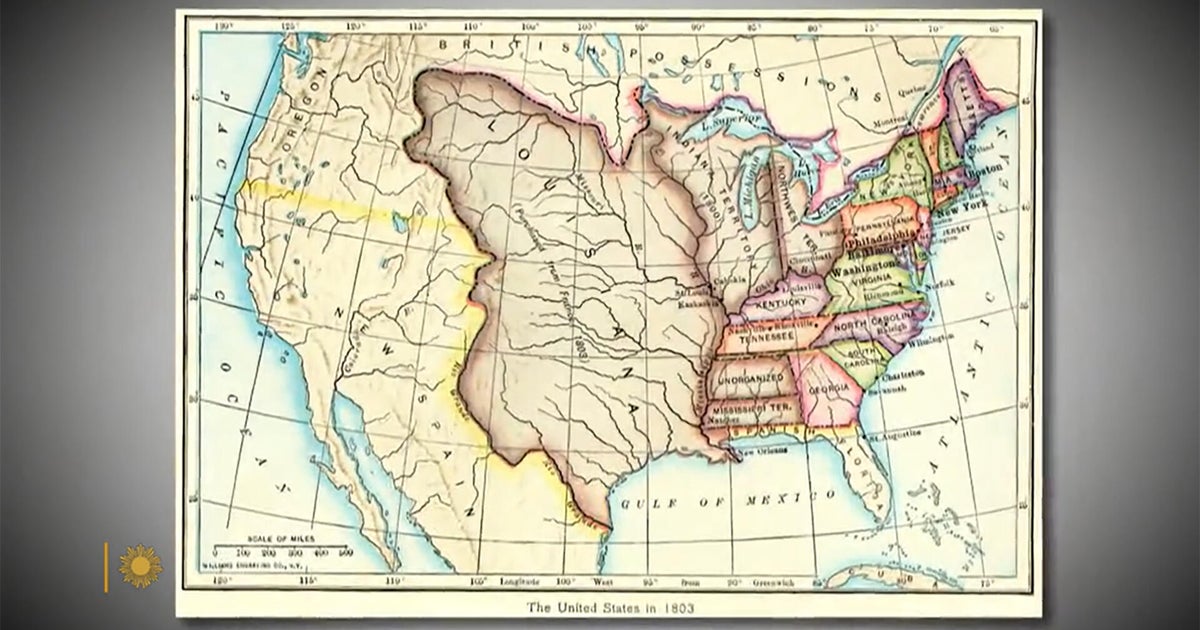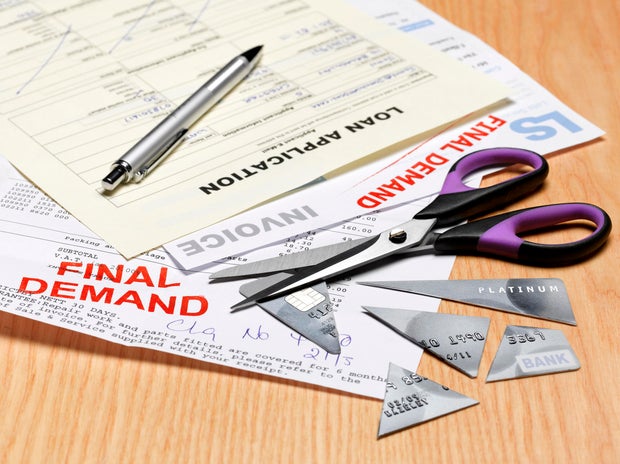 There are warning signs that indicate your credit card debt has grown beyond what you can handle with do-it-yourself methods.
Getty Images
There are warning signs that indicate your credit card debt has grown beyond what you can handle with do-it-yourself methods.
Getty Images
Credit card debt has become a defining financial challenge for millions of Americans, with the average cardholder carrying thousands of dollars in credit card debt currently. But with interest rates remaining stubbornly high — the average card now comes with an APR of over 21% and many have much higher rates — what starts as a manageable balance can quickly grow into an overwhelming financial burden that has a big impact on your financial health, especially in today's economic landscape.
As the interest charges compound, paying off what you owe becomes increasingly difficult, especially if you're trying to do so via budgeting and disciplined repayment strategies. While these strategies can work for the right borrower, there comes a point where the do-it-yourself approaches simply aren't enough to combat your growing debt. The harsh reality is that some credit card debt situations are too complex or too large for self-help solutions to be effective, no matter how motivated or disciplined you are.
That's why it's important to recognize when you've crossed that line. Doing so isn't about admitting failure. It's part of taking the necessary steps to regain control. But how exactly do you know when your credit card debt has grown too big to handle on your own? That's what we'll examine here.
Chat with a debt relief expert about the solutions available to you today.
5 signs your credit card debt is too high for a DIY payoff plan
Here are the key warning signs that your credit card debt may have outgrown your ability to tackle it alone:
You're trying — but failing — to pay more than the minimum
When you're genuinely trying to pay more than the minimum amount owed on your card debt but can't seem to make it happen month after month, that's a big red flag. If your budget analysis shows that you can barely cover the minimums, even with aggressive cuts to discretionary spending, you're in dangerous territory. This situation generally means you're essentially treading water while interest charges keep piling up, making it nearly impossible to chip away at the principal balance.
Find out how to get help with your debt problems now.
Your credit utilization ratio exceeds 50%
Credit utilization, which is the percentage of available credit you're using, becomes a serious problem when it climbs above 50%. At this level, you're not just hurting your credit score; you're also signaling that you're heavily dependent on your credit cards to cover basic expenses. When your cards are maxed out or close to it, you lose the flexibility to handle unexpected expenses, creating a cycle where you're forced to rely even more heavily on credit.
You're using credit cards for basic living expenses
If you're regularly charging groceries, utilities or rent to your credit cards because you don't have the cash available, your debt problem has moved beyond discretionary overspending. This pattern indicates that your debt payments are consuming so much of your income that you can't cover your essential expenses. It's also a clear sign that the debt has become unsustainable and is actively preventing you from maintaining basic financial stability.
Your debt-to-income ratio exceeds 40%
Financial experts generally recommend keeping your total debt payments, including credit cards, car loans and other debts, but excluding mortgages, below 36% of your gross monthly income. So when credit card debt alone pushes you above 40%, you're in the danger zone. At this level, the debt is consuming such a large portion of your income that it's likely crowding out other essential expenses and making it extremely difficult to build a financial cushion.
You're considering debt consolidation loans you can't qualify for
When you start researching debt consolidation options but find that you can't qualify for loans with reasonable terms, it's often because lenders view your debt situation as too risky. So, if you're only being offered high-rate personal loans or secured loans that put your assets at risk, it suggests that your debt load has reached a level where traditional refinancing strategies aren't viable solutions.
Other ways to get rid of your credit card debt
When DIY methods are insufficient, there are several debt relief options that you can use to get the help you need. For example, credit counseling services offer personalized budgeting assistance and can help you create a debt management plan that reduces interest rates and fees while creating a more manageable payment schedule.
For those with significant debt loads, enrolling in a debt settlement program, also known as a debt forgiveness program, can help you negotiate with your creditors to reduce the total amount you owe, making it easier to get rid of your debt. Though this approach does come with credit score implications, it could potentially reduce what you owe by 30% to 50% on average.
Balance transfer credit cards with promotional 0% APR periods can also be effective tools, but only if you qualify for sufficient credit limits and have a realistic plan to pay off the transferred balance before the promotional rate expires. And, in extreme cases, Chapter 7 or Chapter 13 bankruptcy protection may be the most appropriate path forward, as it can provide a fresh start for those whose debt has become truly unmanageable.
The bottom line
Tackling credit card debt on your own can work in some cases, but it's not always the smartest or most realistic choice. If you're struggling to make headway on your credit card debt, take it as a sign to explore other strategies that can help you regain control faster. After all, with the right plan in place, freedom from your overwhelming debt may be closer than you think.
Angelica Leicht is the senior editor for the Managing Your Money section for CBSNews.com, where she writes and edits articles on a range of personal finance topics. Angelica previously held editing roles at The Simple Dollar, Interest, HousingWire and other financial publications.



